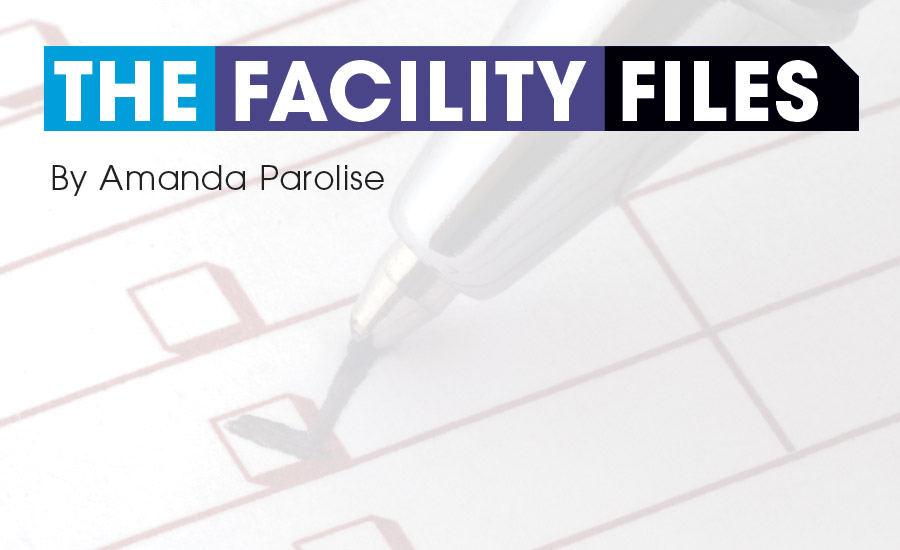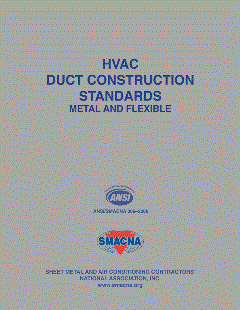This month’s B2B will focus on a college building program to add dormitory building smoke exhaust systems to serve existing corridors in three four-story buildings. The design intent of the engineered zoned smoke control of the existing supply air system serving the four corridors is to shut the affected supply air damper serving the associated ceiling smoke detector. When a corridor goes into smoke alarm, the new roof-mounted smoke exhaust fan will start and the affected floor’s smoke exhaust air damper shall open providing 20 air changes of exhaust air from the corridor. The alarm signal will also be sent to the campus fire alarm system control center.
The project delivery method shall be construction management (CM) in accordance with Construction Management Association of America (CMAA). The design team shall work with the college’s construction group’s project manager, the campus facility manager, and the college’s fire alarm consultant. The HVAC design engineer will serve as the lead/project manager on a design team that will include the electrical engineering consultant, structural consultant, and in-house college architect. This team, along with the college’s project manager, will work closely with the CM’s project manager and the CM’s estimator and mechanical-electrical coordinator, drawing on the college’s facility group and fire security group as needed.
The design team will also draw upon the college’s 3rd-party commissioning and air balancing (CxTAB) consultant to review the design team’s building program and the Basis of Design. The team will review 2015 ASHRAE Handbook — HVAC Applications chapter 7 (Educational Facilities), chapters 36 through 43 (Building Operation and Management), chapter 53 (Fire and Smoke Control), and chapter 59 (HVAC Security) of the ASHRAE Handbook of Smoke Control Engineering for a complete understanding of the design intent.
With all these design guidelines from ASHRAE, the college’s project manager shall lead the discussion pertaining to specific building standards that need to be applied to this project, as well as project scheduling/timeline. For the facility operation, the staff will want to be assured there is adequate contract specification requirements included pertaining to O&M, training, preventive maintenance work order system, and security operating budget.
At the end of the Conceptual Design Phase CM project, the facility manager and her O&M technicians (including the BAS operator) will want to contribute information to the design team member’s writing of the contract specification with regard to the following activities: training, service contracts, parts inventory, and as-built drawings requirements.
For this June B2B, the design-CM team works together as owner-designer-builder based on a building program construction budget. The CM estimator will be involved in the design phase and will be able to contribute to the contract documents to stay within budget and on schedule. In the construction phase, the O&M technicians will want to revisit the issues noted earlier that were in the design phase.
Next comes the startup and commissioning phases. The O&M staff along with the CM team’s in-house coordinator and the subcontractor’s startup personnel, and will receive equipment and system training using the O&M manuals and contract drawings and field coordination drawings.
Once the startup has been completed, the ATC subcontractor and lead design project manager’s CxTAB consultant will complete the air balancing of the new exhaust air system in sync with the existing corridor 100% outdoor air ventilation central air system. The fire alarm consultant, along with the fire/smoke system subcontractor, will instruct O&M staff on design intent policy and procedure. The HVAC subcontractor shall go through an automatic control system initial dry-run demonstration prior to the CM project manager and job superintendent and their subcontractors demonstrating the HVAC system to the CxTAB consultant and O&M staff. The ATC subcontractor will also begin collecting system performance by trending pertinent HVAC system and equipment data, including the following:
[X] Outdoor air dry bulb and wet bulb temperature [X] corridor space pressure [X] outdoor air quantity [X] exhaust air quantity [X] pressure differential between smoke floor and floor above and below [X] alarms [X] offsite internet computer control interface.
Taking the same approach as the design engineer, the facility manager’s personnel will use a series of computer generated touchscreen project checklists that allows her staff to confirm that the following facility files have been collected. This process should start at the beginning of construction and not at project closeout, so that the facility files and, more specifically, the equipment data can be inputted into a CMMS system. Touchscreen O&M checklists should include:
[X] equipment shop drawings [X] O&M manuals, parts list, lubricants [X] troubleshooting tips [X] remote monitoring instructions
The O&M staff should review the contractor-produced sheet metal field fabrication/field coordination drawings prior to fabrication. Touchscreen service checklists should include:
[X] Location of automatic dampers, smoke dampers, and volume dampers [X] roof exhaust fan [X] equipment and control devices [X] access for servicing equipment
The training process should include not only specific HVAC system ventilation and fire alarm safety training, but also emergency plan training due to unexpected alarm (e.g., smoke condition alarm). Air balancing report will be completed and as-built conditions updated after the final TAB report. This will require the TAB subcontractor to provide the CxTAB consultant with the air balancing reports along with the associated system flow diagrams, noting quantities and pressures for rebalancing if necessary as part of the project closeout documents. Touchscreen training checklists should include:
[X] equipment [X] system normal operation [X] emergency normal operation [X] automatic controls [X] energy management










